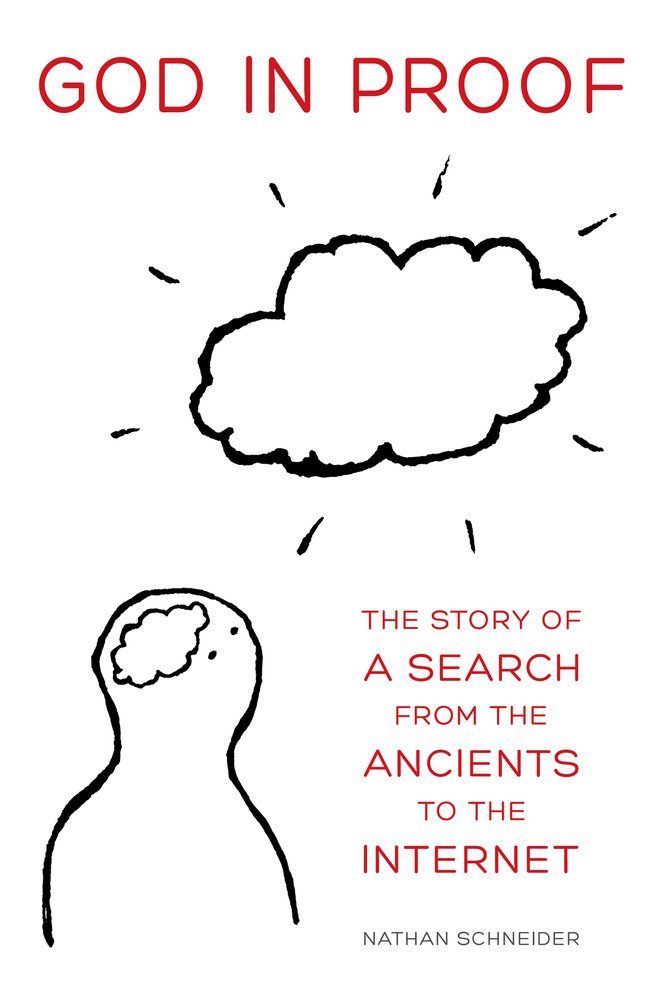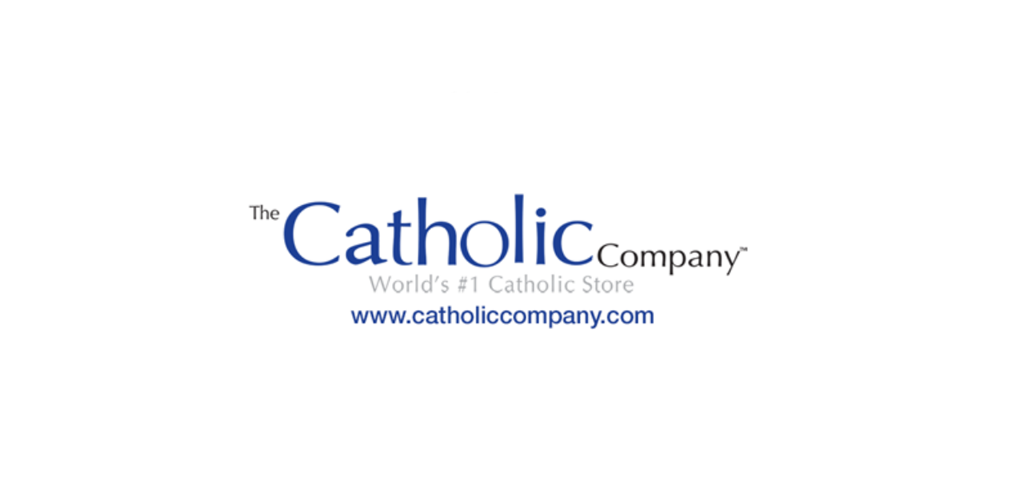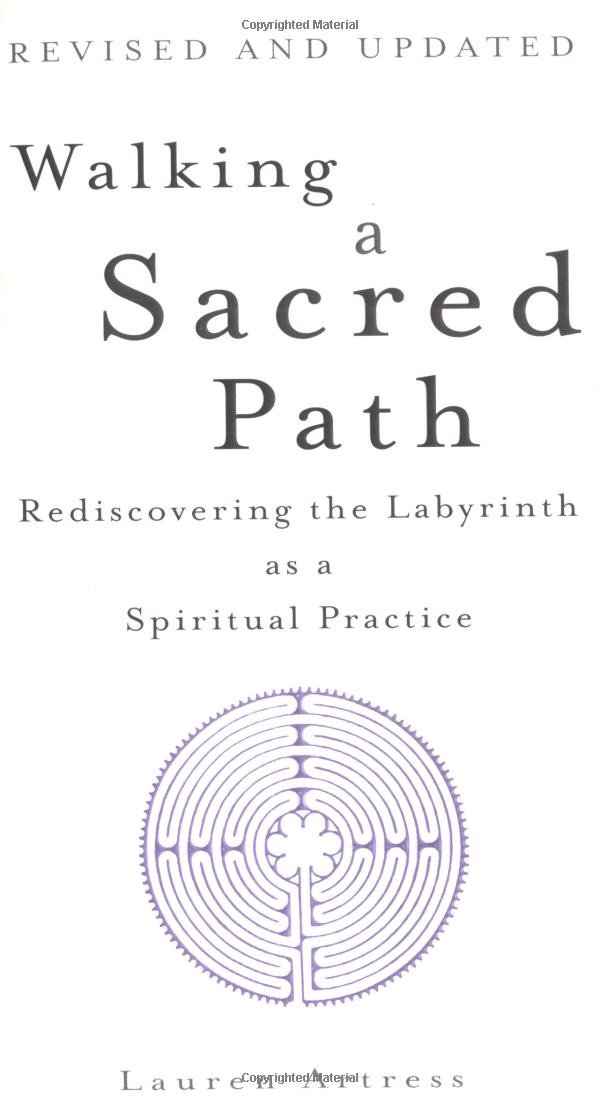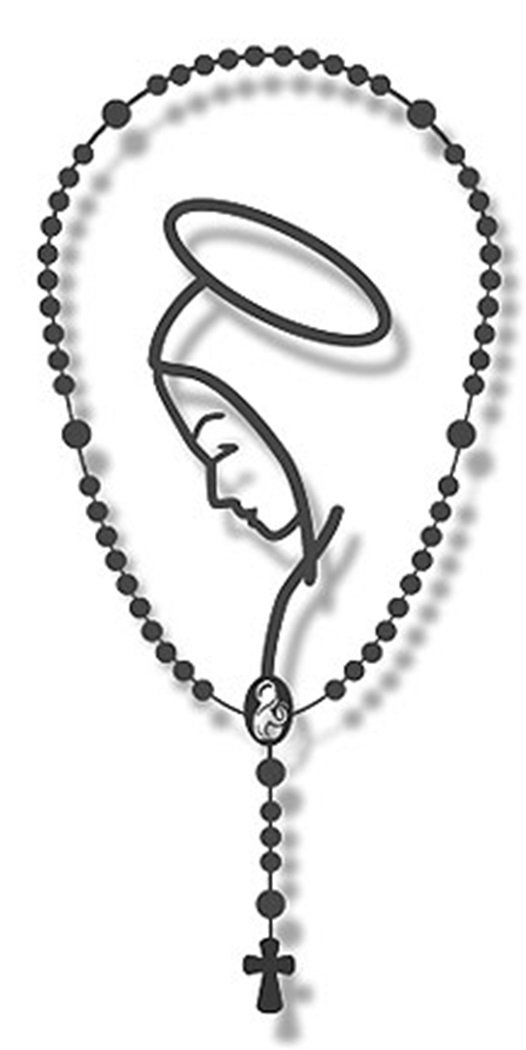Catholic schools in the United States are accredited by independent and/or state agencies, and teachers are generally certified. Catholic schools are supported through tuition payments and fund raising.
History
By the middle of the 19th century, the Catholics in larger cities started building their own parochial school system. The main impetus was fear that exposure to Protestant teachers in the public schools, and Protestant fellow students, would lead to a loss of faith. Protestants reacted by strong opposition to any public funding of parochial schools. The Catholics nevertheless built their elementary schools, parish by parish, using very low paid and sisters without college educations as teachers. This was not unlike the public school system, where college-educated teachers became the norm only in the 20th century.
Catholic Schools Office Video
Operation
Most Catholic elementary schools are operated by a local parish community, while secondary schools are usually operated by a diocese or archdiocese, or a religious institute, and often those in major cities are also attached to a Catholic university.
In the United States, the term parochial school is commonly used to refer to Catholic schools, to distinguish it from private school (which can refer to either a nonsectarian school or other church-based school).
Most elementary schools are owned by a particular parish while high schools are often owned by a group of parishes (more common in the South), a religious institute (more common in Northeast), or a diocese. In the West, a mixture of schools operated by dioceses and religious institutes is common, with the older schools generally run by such institutes. Except in the case of independent schools, local priests are invariably members of the school board, and often at secondary schools are found among the teaching staff as well. In some dioceses the bishop holds the title of superintendent, while others have delegated this responsibility to the head of the Office of Catholic Schools. In terms of practicality, it is often the local priests who fulfill this function.
Most Catholic elementary schools tend to be smaller than their public counterparts, and it is not unusual for such schools to have only one teacher and classroom per grade level. Additionally, grade levels often separated between grammar and middle schools (in the public schools) are generally not separated in Catholic schools; thus a student may attend the same school from kindergarten or first grade through eighth grade. One other major difference is that in most parts of the country, public schools provide bus service to their students, while Catholic schools rarely do.

Entrance requirements
Catholic schools in the United States accept students of all religions, ethnic backgrounds, and ability. More competitive Catholic secondary schools tend to have tighter academic requirements and/or an entrance exam. It is a common expectation that non-Catholic students take religion classes and attend the spiritual exercises of the school. Many schools have a policy (sometimes written) banning proselytizing in any form.

Enrollment
The United States had 7,498 Catholic schools in 2006-07, including 6,288 elementary schools and 1,210 secondary schools. In total there were 2,320,651 students, including 1,682,412 students in the elementary/middle schools and 638,239 in high schools. Enrollment in the nation's Catholic schools has steadily dropped to less than half of its peak at five million students 40 years ago, The New York Times reported in early 2009. At its peak in 1965, the number of U.S. parochial schools was more than 12,000, and roughly half of all Catholic children in America attended Catholic elementary schools, according to the National Catholic Educational Association. The same share in 2009 is about 15 percent. Among Latinos, the fastest-growing church group -- soon to comprise a majority of Catholics in the United States -- it is three percent. The article also reported on "dozens of local efforts" to turn the tide, including by the Archdiocese of Chicago and Washington, and dioceses in Memphis and Wichita, Kansas, as well as in the New York metro area.

Public funding debate
Heavily Protestant in the 19th century, most states passed a state constitutional amendment, referred to as the Blaine Amendment, forbidding tax money be used to fund parochial schools, a possible outcome of heavy immigration from Catholic Ireland after the 1840s. In 2002, the United States Supreme Court partially vitiated these amendments, in theory, when they ruled that vouchers were constitutional if tax dollars followed a child to a school, even if it were religious. However, no state had, by 2009, changed its laws to allow this.
Since 2000, 1,942 Catholic schools around the country have shut their doors, and enrollment has dropped by 621,583 students, to just over 2 million in 2012, according to the National Catholic Educational Association. Many Catholic schools were being squeezed out of the education market by publicly funded charter schools.
Are You Looking for Products
Here some products related to "Catholic Schools In The United States".
God in Proof: The Story o..
The Catholic Company: App..
Walking a Sacred Path: Re..
Rosary Catholic Auto Meta..
Get these at Amazon.com* amzn.to is official short URL for Amazon.com, provided by Bitly
Source of the article : here






EmoticonEmoticon